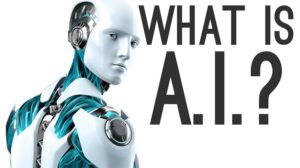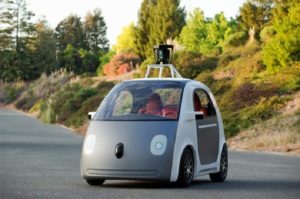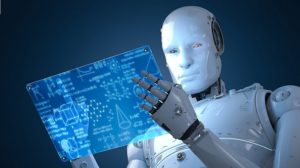Today, when it comes to electronic devices or any device, people refer to the artificial intelligence built into that device. So what is artificial intelligence and how is it applied in life? Let’s find out with abninnovation.com in the article below!
What is Artificial Intelligence?

Artificial Intelligence, or AI for short, is a field within computer science that aims to create intelligent machines through programming. The goal of AI is to enable computers to perform intelligent behaviors, such as humans do, automatically.
AI differs from traditional logic programming in programming languages in that it applies machine learning systems to simulate human intelligence in processing tasks that humans are better at than computers.
Specifically, AI allows computers to possess human-like intelligence, such as the ability to think and reason to solve problems, understand language and speech, learn and adapt, and more.
Although artificial intelligence has broad implications, as seen in science fiction, it is a critical field within computer science. AI is concerned with how machines behave, learn, and adapt intelligently.
How many types of AI are there?
The AI technology is divided into 4 main types:
Type 1: Reactive AI. Reactive AI is capable of analyzing the most feasible actions of itself and its opponent, thereby providing the best possible solution.
A typical example of reactive AI is Deep Blue. This is an automated chess playing program created by IBM, with the ability to determine simultaneous moves and predict the opponent’s next moves. Through this, Deep Blue provides the most appropriate moves.
Type 2: AI technology with limited memory The characteristic of AI technology with limited memory is the ability to use past experiences to make decisions in the future. This AI technology is often combined with environmental sensors to predict possible situations and provide the best decision for the device.

For example, in the case of self-driving cars, many sensors are equipped around the car and at the front of the car to calculate the distance from the front cars. AI technology will predict the possibility of collision and adjust the car’s speed accordingly to ensure safety.
Type 3: Artificial Intelligence Theory This AI technology can learn and think on its own, then apply what it has learned to perform a specific task. Currently, this AI technology has not yet become a feasible option.
Type 4: Self-awareness This AI technology is capable of self-awareness, consciousness, and behaving like a human. They can even express emotions and understand human emotions. This is considered the highest development step of AI technology and at present, it is still not feasible.”

How is AI applied in present and future life?
In the transportation industry, Artificial Intelligence is applied to self-driving vehicles, typically cars. This application contributes to higher economic benefits thanks to the ability to reduce costs and limit dangerous accidents to life.

In 2016, Otto, an Uber-owned self-driving car developer, successfully transported 50,000 Budweiser beers via self-driving cars over a distance of 193 km. According to the technology consulting firm Gartner, in the future, cars may connect to each other via Wi-Fi to provide the best transport routes.
In production, Artificial Intelligence is applied to build more optimal production processes. AI technology has high analytical capabilities, serving as a basis for decision-making in production.
In healthcare, a typical application of Artificial Intelligence is the use of unmanned aerial vehicles (UAVs) in emergency rescue situations. UAVs have a faster speed than specialized vehicles up to 40% and are suitable for use in challenging terrains.

In education, the emergence of Artificial Intelligence helps create significant changes in the education sector. Educational activities such as scoring or tutoring students can be automated thanks to AI technology. Many educational games and software are created to meet the specific needs of each student, helping them improve their learning situation at their own pace.

Artificial Intelligence can also point out issues that courses need to improve. For example, when many students are found to send wrong answers to assignments, the system will notify the teacher and send a message to the students to correct their answers accordingly. AI technology also has the ability to monitor students’ progress and notify teachers when problems arise with their learning outcomes.
Moreover, students can also learn from anywhere in the world through the use of AI-supported software. AI technology also provides data to help students choose the best courses for them.
In the communication sector, the development of Artificial Intelligence helps change the way to approach target customers. Thanks to the advantages of AI technology, companies can provide advertisements at the right time, to the right potential customers, based on the analysis of demographic characteristics, online activity habits, and the contents that customers usually view…
The trend of technological innovation in the world always focuses on the development of artificial intelligence. In the next 5 to 10 years, this industry will truly reach its peak. Let’s look forward to the latest innovations of humans in this field.

